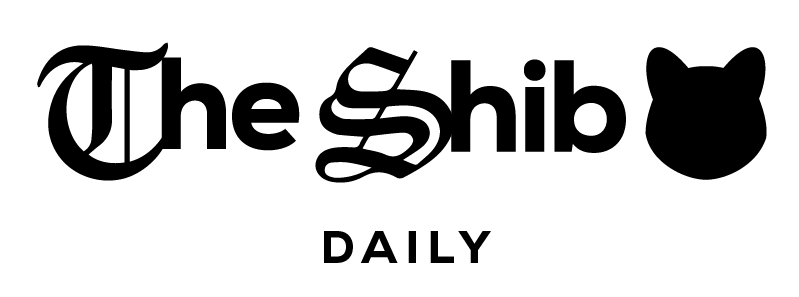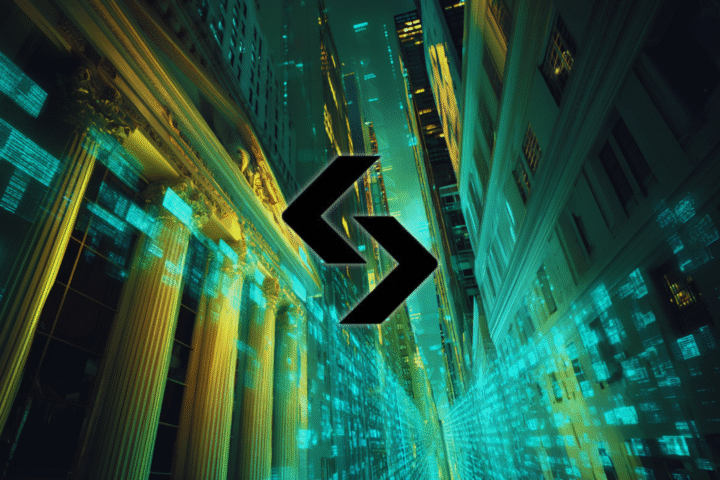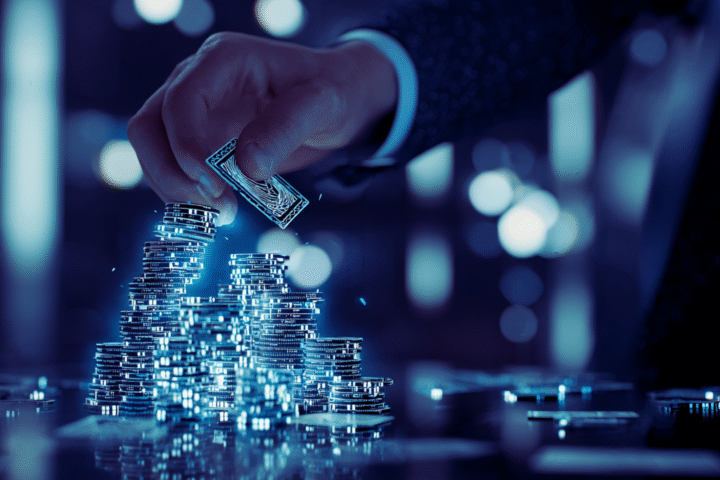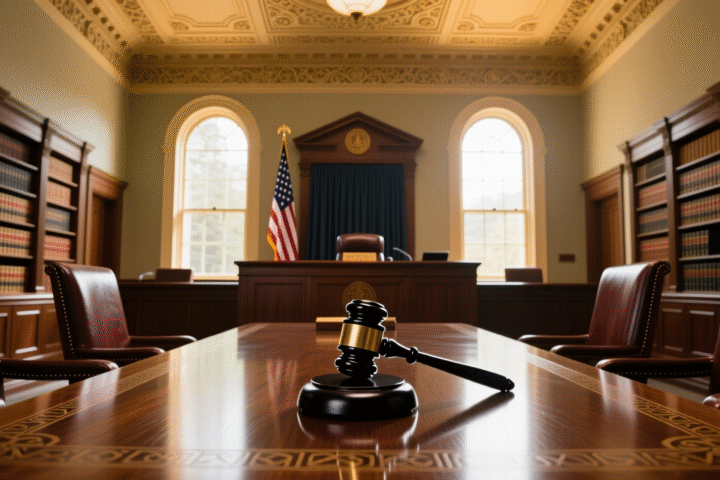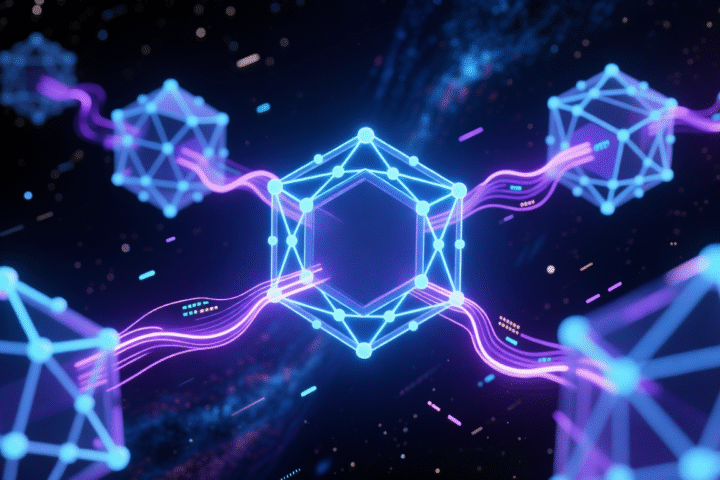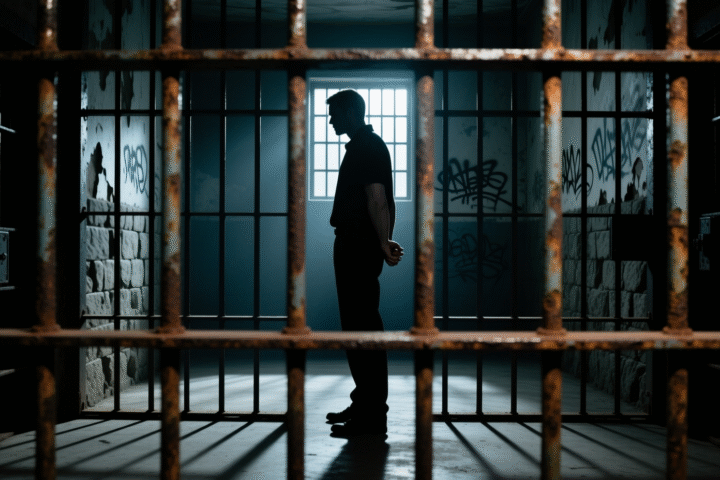Key points:
- Blockchain creates a permanent, transparent record of every step your food takes, from farm to table, making supply chains more trustworthy and easier to trace.
- Farmers, processors, distributors, and retailers all update the blockchain with important details like harvest dates, transportation, and packaging, which consumers can access by scanning QR codes.
- Major companies like Walmart (with IBM Food Trust), Carrefour, and WWF-backed OpenSC are already using blockchain to improve food safety, ethical sourcing, and consumer confidence.
- Blockchain helps the food industry by speeding up recalls, preventing fraud, supporting sustainability, and giving shoppers more confidence in what they buy.
Food journeys can be pretty mysterious. Think about the last time you grabbed a fresh apple or some juicy salmon. How much do you really know about where it came from or how it got to your plate? Food supply chains are surprisingly complex. Products travel through multiple farms, processing centers, warehouses, and stores before landing in your kitchen. Along the way, information often gets lost or hidden. This makes it hard to verify the freshness, safety, or even the ethical sourcing of what we eat.
Enter blockchain. This technology is better known for powering cryptocurrencies but is quickly becoming a star in making supply chains transparent and secure. By recording every step your food takes on an unchangeable digital ledger, blockchain turns the confusing maze of food logistics into an open book. Suddenly, you can track your meal from farm to table with just a quick scan. This makes food safer and more trustworthy for everyone.
What Is Blockchain in Food Tracking?
Blockchain is like a digital notebook that keeps a permanent record of everything that happens to your food, from the moment it leaves the farm until it lands on your plate. Unlike regular records stored in one place, blockchain copies its information across many computers all over the world. This means the data is protected from being changed or deleted by anyone, making it super reliable.
In a food supply chain, blockchain tracks details such as:
- Where the food was grown or raised
- How it was processed and packaged
- When and how it was transported
- Which stores or markets received it
Every time your food moves or changes hands, a new entry is added to the blockchain, creating a full, unbreakable timeline. Because everyone in the chain, from farmers to retailers, can access this shared ledger, it helps catch problems quickly and keeps everyone honest.
For example, if there’s a problem with a batch of eggs, blockchain can help pinpoint exactly which farm they came from and which stores received them. That means recalls can be faster and more precise, reducing waste and protecting people from unsafe food.
So instead of wondering where your food has been, blockchain technology lets you see its entire journey with confidence. It’s like giving your groceries a trustworthy digital passport, showing you the full story behind what you eat.
How Blockchain Tracks Food Step-by-Step
Tracking food with blockchain might sound complicated, but it actually follows a simple and clear process that anyone can understand. Here’s how your favorite apple or piece of salmon gets its full story told:
1. Farmers Record the Harvest
At the very start, farmers enter key details about their crops or livestock into the blockchain. This can include:
- The date of harvest or slaughter
- The exact location or farm where it was grown
- Quality checks, like organic certification or freshness levels
This information becomes the first “block” in the chain, setting the foundation for the product’s entire journey.
2. Processors and Distributors Update the Chain
Next up, food moves to processing plants and distributors. At every step, handlers update the blockchain with important info like:
Related: Bitget Doesn’t Sleep: The New $500M Shift to On-Chain Stocks
- How the food was processed or packaged
- Transportation details, including temperature controls and shipping routes
- Storage conditions to make sure freshness is maintained
Because every action is recorded, it’s easy to spot any weak points if something goes wrong later.
3. Retailers Add Inventory and Packaging Data
When the product arrives at grocery stores or markets, retailers add their own updates to the blockchain. This often includes linking the food to packaging data and generating QR codes that consumers can scan.
4. Consumers Scan QR Codes to Reveal the Story
Finally, the most exciting part: you. Shoppers can use their smartphones to scan QR codes on product labels. Instantly, a detailed timeline pops up showing where the food came from, every stop it made, and even certifications or test results.
This transparency helps you make informed choices about what you eat, supporting brands that prioritize safety, quality, and sustainability.
Real-World Examples
Blockchain food tracking is not just an idea for the future, it is happening right now with some of the biggest names in retail and sustainability. Here are a few real-world examples showing how this technology is changing the way we shop and eat:
Walmart + IBM Food Trust
Walmart teamed up with IBM to create Food Trust, a blockchain-based platform that tracks produce like mangoes, lettuce, and spinach. Before blockchain, tracing a contaminated batch of lettuce could take days or even weeks. Now, Walmart can pinpoint the exact source in seconds. This speed means faster recalls and less food waste, keeping customers safer and saving money.
Carrefour
The French supermarket giant Carrefour uses blockchain to trace a variety of products including chicken, cheese, and fresh fruits and vegetables. Shoppers can scan QR codes on packaging to see detailed information about where their food was grown, how it was handled, and when it was packaged. This transparency boosts consumer confidence and lets people support products that match their values.
OpenSC
OpenSC is a platform backed by WWF and designed to promote ethical and sustainable sourcing. It focuses on products like seafood and beef, helping consumers verify if their purchases come from responsible farms and fisheries. By scanning QR codes, shoppers can check the sustainability credentials of their food, encouraging brands to adopt better environmental practices.
These examples prove that blockchain is more than just buzzword technology. It is already helping build trust between producers, retailers, and consumers, making the food industry cleaner, safer, and fairer for everyone.
Related: Jump Trading Faces $4B Lawsuit For Rigging the Terra Collapse
Benefits for Consumers and Industry
Blockchain is shaking up the food world in ways that benefit both shoppers and businesses. Here’s how this technology is making a real difference:
1. Improved Food Safety and Quicker Recalls
When something goes wrong, speed is everything. Blockchain helps companies trace contaminated or spoiled products faster than ever. Instead of recalling entire shipments, they can zero in on just the affected batches. This means fewer people get sick, less food gets wasted, and stores can act with confidence.
2. Increased Consumer Confidence and Brand Loyalty
People want to know what’s in their food and where it comes from. Blockchain delivers that transparency, giving shoppers easy access to trustworthy information. When customers can scan a QR code and see a product’s full history, they feel more confident buying it. That trust often turns into loyalty, helping brands stand out in a crowded market.
3. Fighting Fraud and Counterfeit Food Products
Food fraud is a real problem. Some products are mislabeled or faked to look more expensive or rare. Blockchain’s unchangeable records make it much harder for dishonest sellers to slip fake or low-quality items into the supply chain. This protects both consumers and honest producers.
4. Supporting Sustainability and Ethical Sourcing
More and more shoppers care about how their food affects the planet and animals. Blockchain helps verify claims about organic farming, fair labor practices, or sustainable fishing. By making this info public and easy to check, it encourages producers to adopt better, more responsible methods.
With these benefits, blockchain is not just a tech trend, it is a powerful tool that builds trust, protects health, and pushes the food industry toward a more sustainable future.
A New Era for What’s On Your Plate
Blockchain is quietly changing the way we understand the food we eat. What used to be a mystery, where your food came from, how it was handled, and whether it meets safety and ethical standards, is now becoming an open story everyone can follow.
This technology puts power in the hands of consumers, letting you demand transparency and make choices that align with your values. It also encourages farmers, producers, and retailers to step up their game, knowing their practices are visible and verifiable.
In a world where knowing what’s on your plate matters more than ever, blockchain is helping build a food system that is safer, fairer, and more trustworthy for all of us. So next time you scan a QR code on your groceries, remember, you are part of a digital revolution that connects farm to table like never before.
